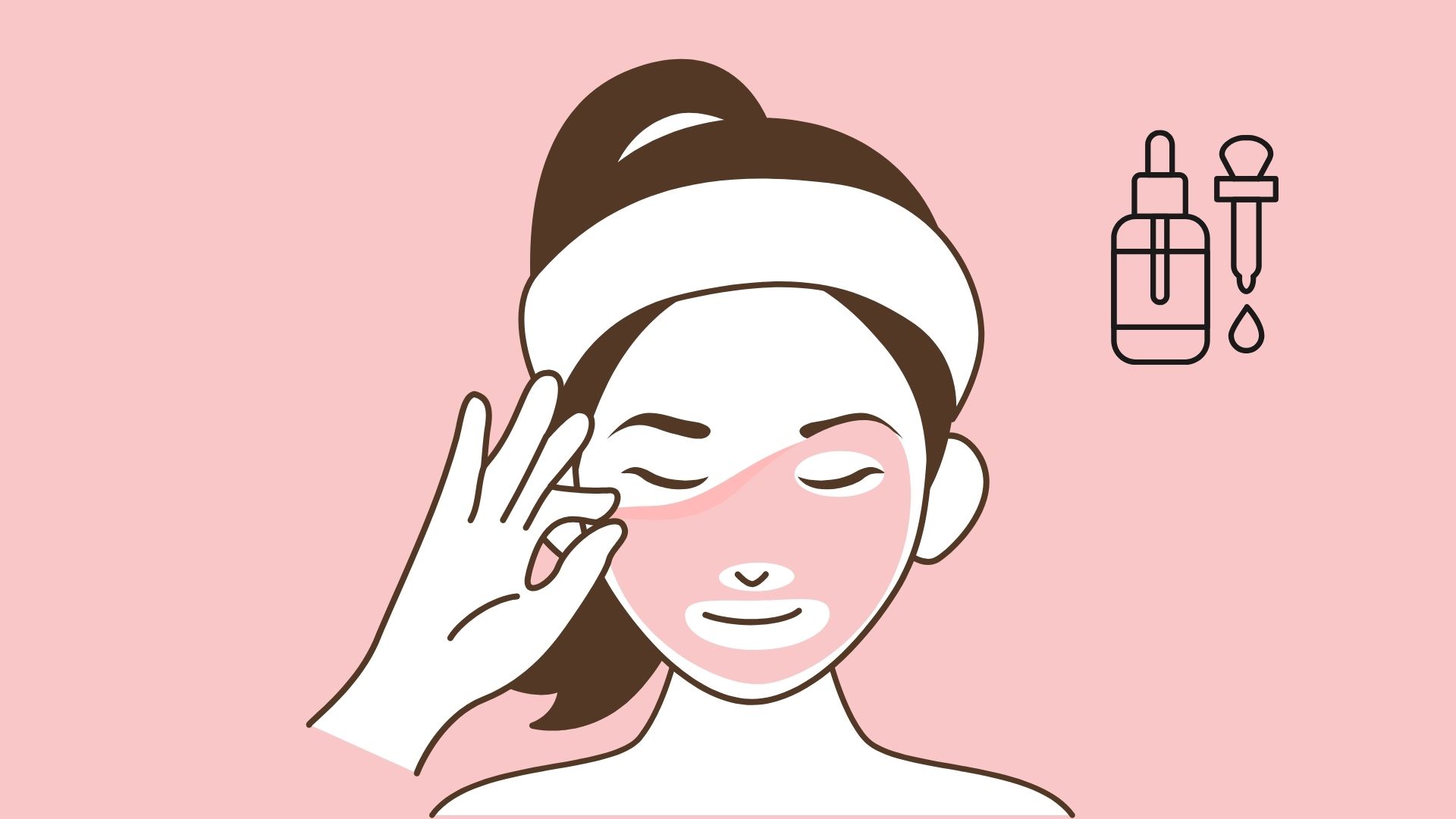
What is chemical dermatitis?
Chemical peeling is a cosmetic therapy in which an acidic solution is applied to the skin to remove the top layer of the skin peel. This process stimulates the formation of new skin, bringing a smoother texture and a more even color. Popular ingredients in skin care solutions include glycolic acid, lactic acid, salicylic acid or trichloroacetic acid - each type is chosen depending on the skin condition to be treated.
Benefits of chemical skin peeling
This method not only helps to refresh the skin's surface but also significantly improves many skin problems. Specifically, chemical adaptation can:
- Fades wrinkles and crow's feet
- Light up dark spots
- even out skin tone
- Reduces acne scars and smoothes skin surface
Three levels of chemical dermatitis
Depending on skin condition and treatment goals, the doctor will prescribe one of the following three levels:
- Surfactant: Use mild acids (such as AHA) to exfoliate the outermost layer. Suitable for dull or slightly deformed skin.
- Average skin peeling: Stronger fluids such as glycolic acid or trichloroacetic are used to affect the scrotum and mediastinum layer. Effective in treating acne scars and uneven skin tone.
- Deep skin peeling: Apply strong chemicals such as phenols to treat deep wrinkles or long-standing scars. This procedure is usually only performed by a specialist and requires a longer recovery time.
Should you apply chemical skin care at home?
There are many chemical skin removal products for home users. However, before using, you should consult a dermatologist to ensure safety.
If you just want to gently clean and exfoliate your skin to make it brighter, home peeling products are a good choice. But if your skin has serious problems such as scars, deep wrinkles or dark spots, it is best to see a doctor for advice on the right and safer treatment.











